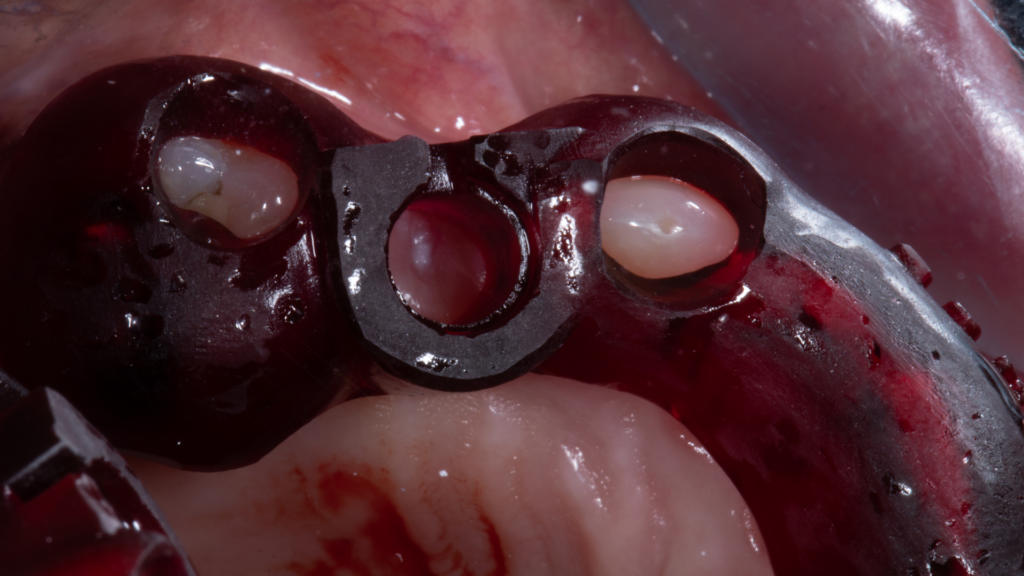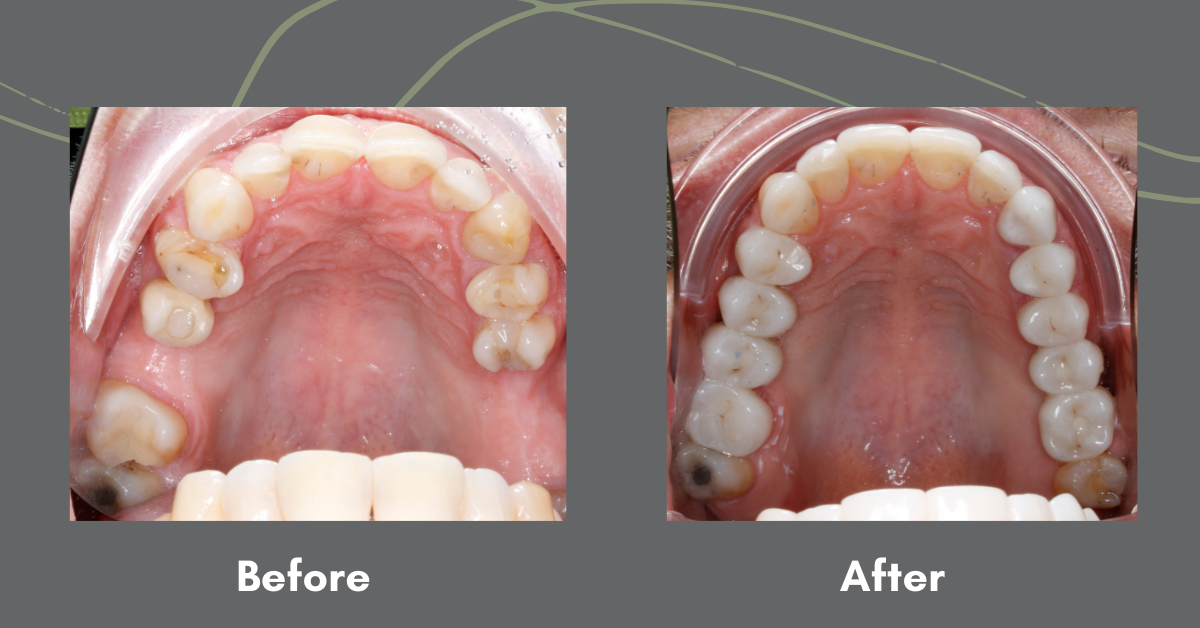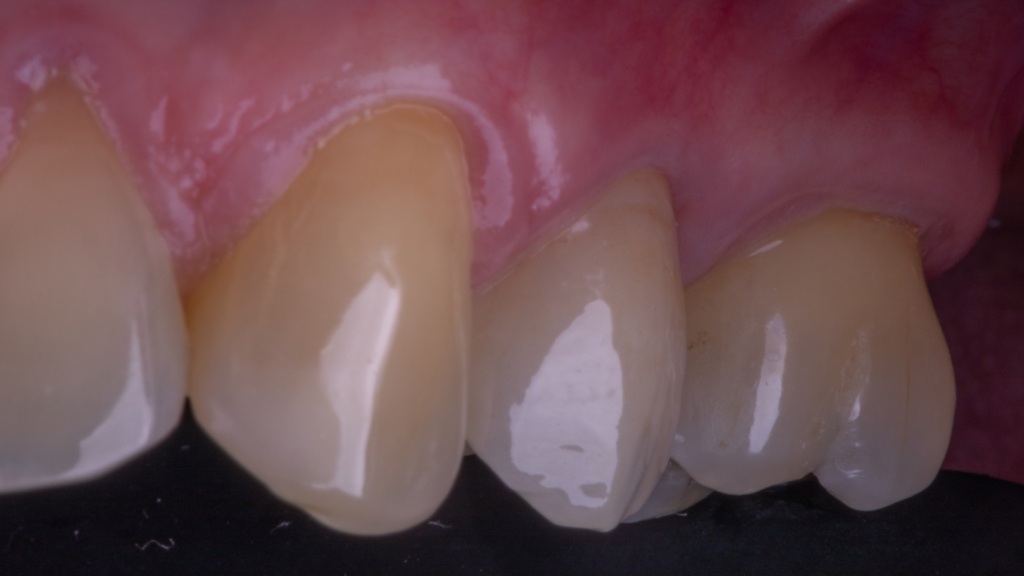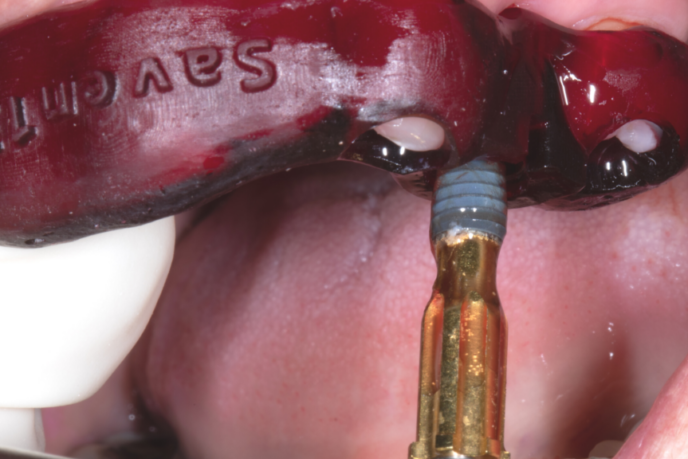
Have you ever wondered how dentists insert an implant exactly where it needs to be when replacing a missing or damaged tooth? Then this article is for you.
This blog by Dr Howard Gluckman will educate you about guided surgery and how we use it to remove the guesswork from implant placement.
What is Guided Surgery

Guided implant surgery is a technique that allows us to place an implant in a specific pre-selected position. We select the site during the pre-planning phase on our 3D x-ray.
Unlike its more traditional counterpart, freehand surgery, guided surgery uses a digitally designed and manufactured surgical guide. This guide provides us with an accuracy of about 0,1mm and more control during implant placement surgery. It also mitigates the risks of placing implants freehand, namely incorrect implant angulation or positioning and hitting vital structures like nerves or the sinus.
Guided surgery is suitable for all types of implant surgery. It is conducive when space is an issue or when we must avoid vital structures during the drilling and implant placement process.
How Guided Surgery works
When we implement guided surgery in your treatment, we take a 3D x-ray of the jaws and plan the position of the implant in the area. We also capture a digital impression of your teeth which we match to the 3D x-ray.
We use these technologies together to plan the crown, bridge or denture placement on the implants. Once the plan is complete and is confirmed, then the lab will fabricate the guide as required.

To facilitate guided surgery, the laboratory fabricates a stent. We use the stent during surgical procedures to locate the optimal implant placement site. The stent clips over the teeth, and the preparation of the implant site is completed through the guide.
We use special drills that fit snugly into the guide during guided surgery, allowing us to drill to a specific depth and within a particular position. By using these particular drills, we cannot deviate from the planned implant position. Surgical guides also come with depth stops to ensure we do not drill deeper than planned, thus protecting vital anatomical structures.

Once the hole for the implant has been drilled into the bone, we place the implant using the same guide. This measure makes sure that the implant comes to sit at the precise position planned on the 3D X-ray.
What are the benefits?
- Ideal implant positioning.
- No risk of hitting vital structures.
- It creates the possibility of placing a provisional crown on the implant at the time of surgery. The lab can preoperatively fabricate the crown since the final position of the implant is known, which is a giant leap forward in treatment outcomes.
- It creates exact placement outcomes and eliminates the guesswork.

What are the risks of not having guided surgery during implant placement?
- Poor implant positioning makes restoring the implant difficult (restoring in this instance means placing a crown, bridge, or denture on the implants).
- Higher chances of hitting vital structures – examples include adjacent teeth, nerves or the maxillary sinus.
- Preventing the drill from going outside the bone envelope with all the consequences.

Is this surgery costly?
There is a small fee for the lab fabrication of the stent, but it is worth the cost to prevent potential complications.

Conclusion
This blog defines what guided surgery is, how it works, and the benefits of having it as a part of your dental implant treatment.
Guided surgery removes the guesswork from implant placement, enabling us to position your dental implant in the ideal position every time.
Dr Gluckman is a prominent advocate of guided surgery. It enables him to produce precision-driven results that meet the highest standards.
Originally Published On : howardgluckman.com

